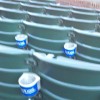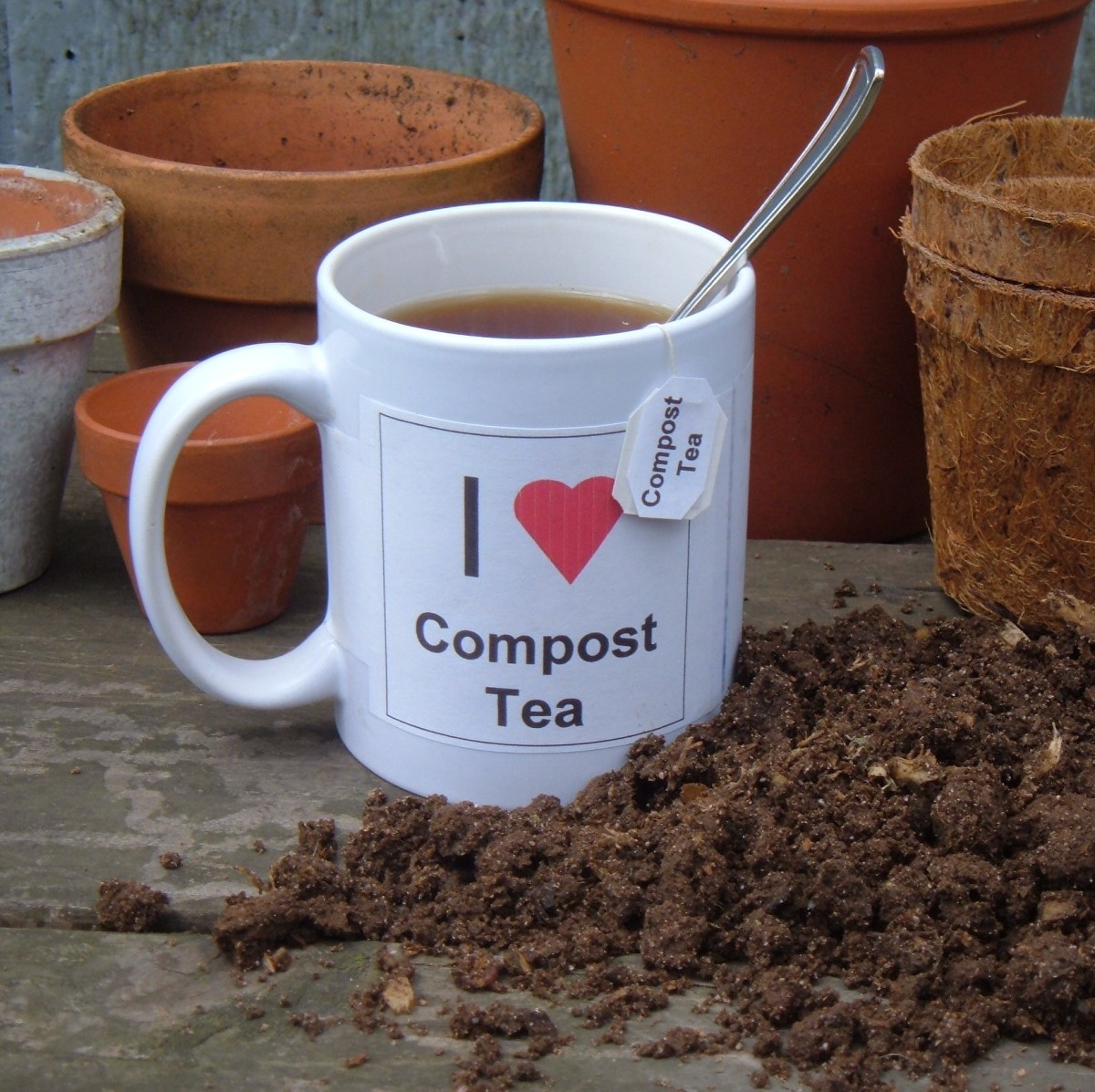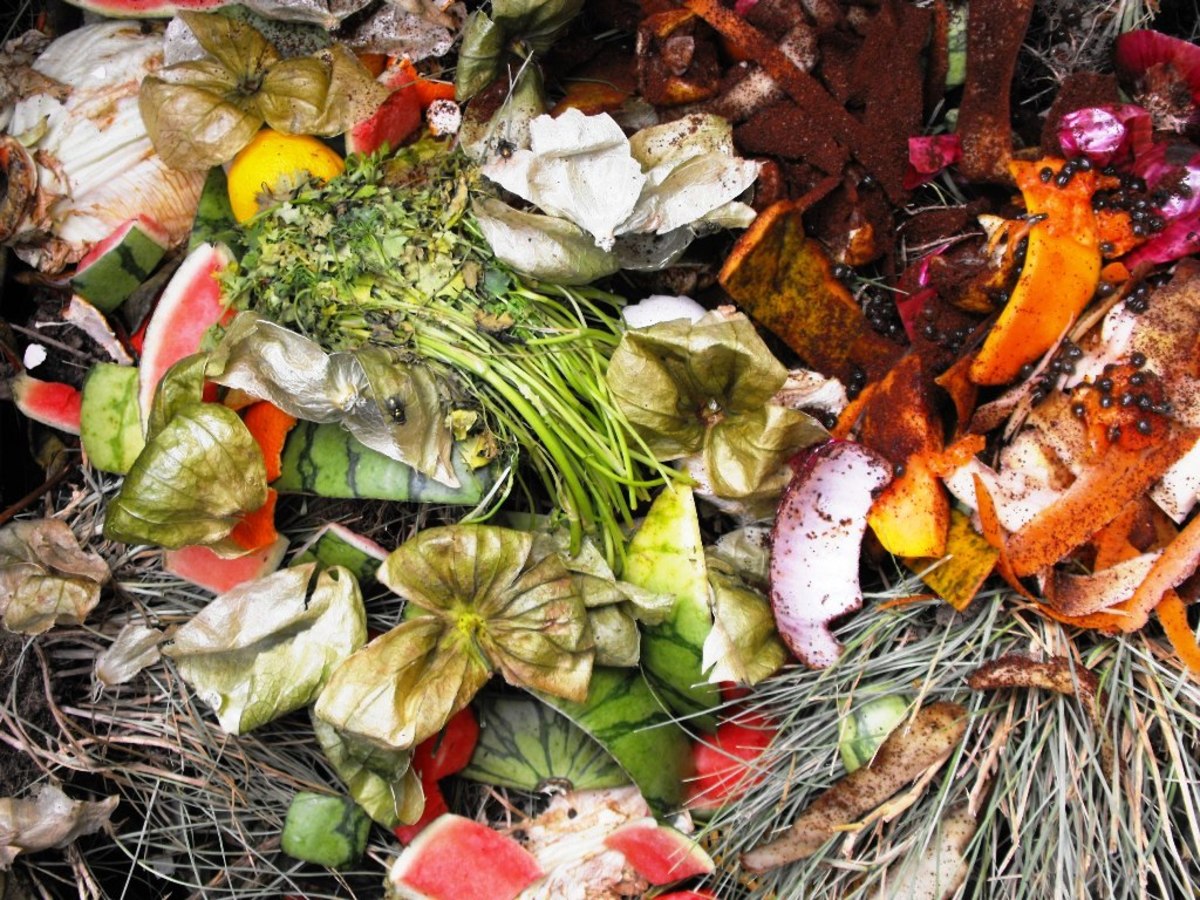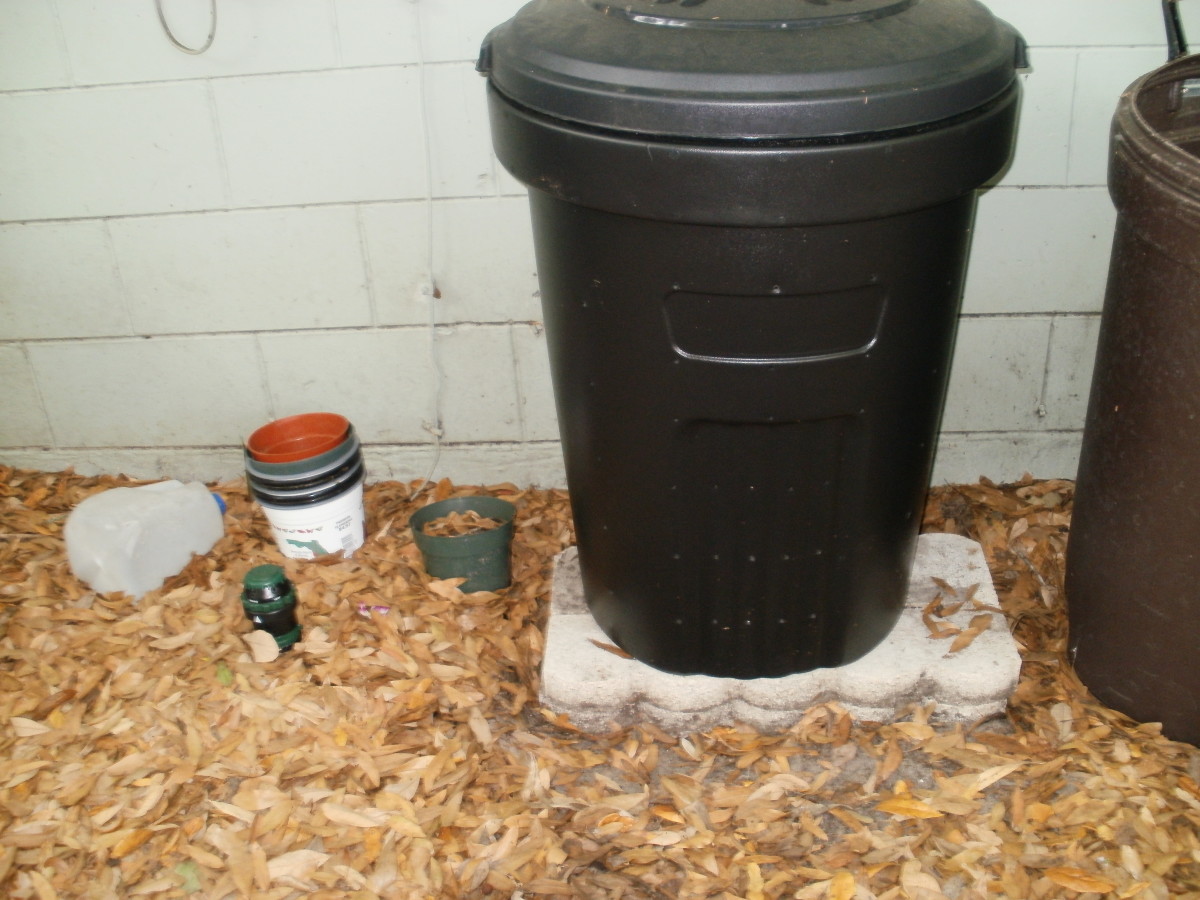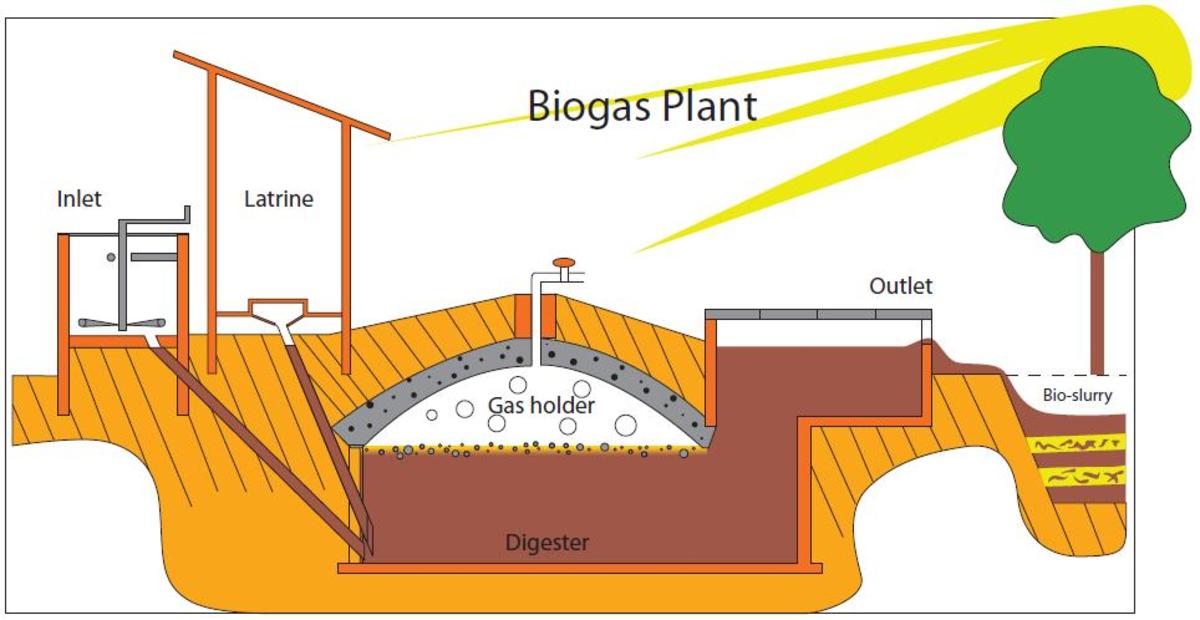Composting: How to Make Compost at Home and in a Bin
Making Compost
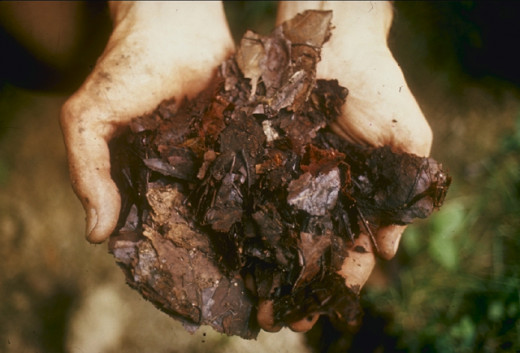
How to Compost
Just like people, plants need nutrients to thrive and be healthy. One of the easiest ways we can provide these essential nutrients to our plants is to use compost. Compost comes in a bunch of different forms from animal manure to yard waste; even the grass you mow from your lawn can be used to feed your plants.
Home improvement stores sell compost in different sized bags and they are usually located outside in their garden areas. Typically this compost is manure from steers or chickens but there are other varieties too.
Fortunately you can make your own compost at home and it isn’t very difficult. You can create a compost bin from yard trimmings, food scraps and even the grounds from your morning coffee.
Manure
First things first, not all animal waste can be used for composting. The animal cannot be a ‘meat’ eater so adding Fido’s deposits in the yard is not an acceptable use for composting. The best way to know if you can use a particular animal’s manure for composting is to see what it eats. For us we use the horse’s manure because they eat grass and grain, plus the occasional apple, but not a chicken breast like our dogs would. Speaking of chickens, we use their manure because they are fed corn plus whatever bugs they find roaming in the yard.
To successfully use animal manure to nourish your plants you need to let it “cook” a little bit. Basically this means the manure needs to breakdown before it is safe for your plants. Putting fresh manure on a plant can burn them causing significant damage, especially when you are using chicken manure.
The best way to help the manure breakdown is to pile it up. You can create a manure pile for the larger animals but the smaller ones will need a bin to help keep everything piled up.
We bought two portable and adjustable compost bins at the hardware store; I don’t remember how much they cost but they weren’t expensive at all. We use these circular bins for the chicken manure and straw from the chicken coop; we also add in our kitchen scraps.
Horse Manure
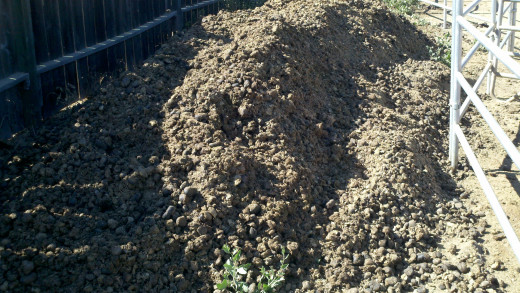
Composter
Do you make compost at home?
Composting Bins
We all know that we waste food, probably every day. We don’t mean to, we just forget about the leftovers in the back of the fridge or let that piece of fresh fruit get too ripe for our liking (how many black bananas do you have in your kitchen?) My family is not immune to this problem; fortunately we usually have plans for our inedible food scraps, our compost bin.
Similar to the rule above about using manure from meat eating animals please do not use meat or dairy products in your compost bin. Not only will it smell really bad but it might attract small animals you may not want, plus they don’t really breakdown efficiently.
Some great things from your kitchen for a compost bin are fruit and vegetables, coffee grinds, etc.
Our little compost bin doesn’t get as much added it to it since we got all of our animals. We usually give the animals first dibs on anything from the kitchen they might find tasty. The horses love watermelon rinds and the leftovers from shucked corn. The chickens devour berries and tomatoes. Our little goats are picky but they still enjoy a treat or two, if you hand feed it to them.
Your composting options are not limited to the kitchen, yard waste works well too. The trick for using yard waste is to mix dry and wet materials. An example of dry materials would be dead leaves that are brittle or pine needles. Wet materials would be fresh grass clippings or leaves that haven’t shriveled up yet.
Compost Pile
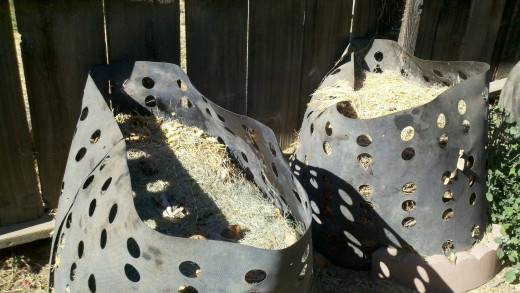
Making Compost
If you pile up the materials you are composting heat will be generated in the middle of the pile. Typically you will see or at least feel the heat when you turn the pile. We usually turn our compost pile every few weeks so everything has a chance to break down at consistent rates.
The heat is a byproduct of the decomposition process that the organic materials are going through to create your compost.
You will know when the compost is ready to use because it will look very similar to regular dirt. It may sound a little bit odd but it is true. Breaking into a pile of compost and shoveling out dirt is all of the validation that you need that your composting effort was successful.
